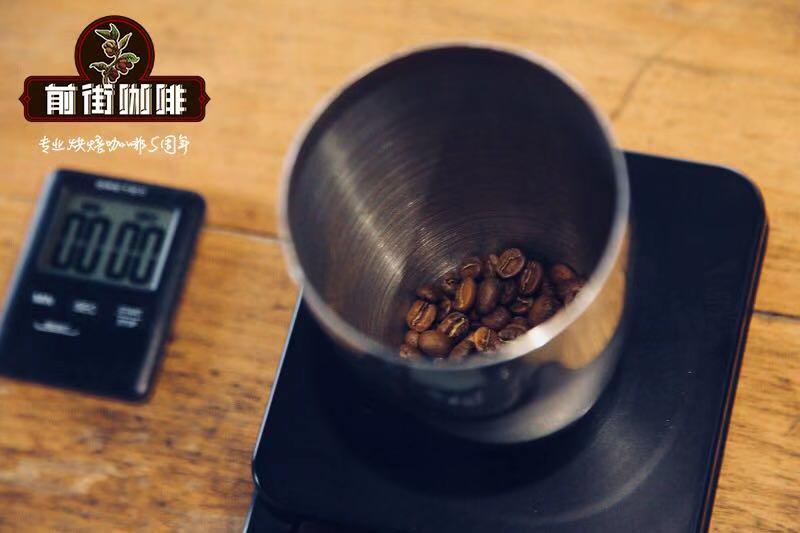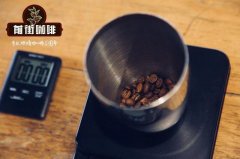Introduction of flavor sweetness of Costa Rican honey treated coffee

Professional coffee knowledge exchange more coffee bean information please follow the coffee workshop (Wechat official account cafe_style)
A brief introduction to the characteristics of honey treatment in Qianjie-Costa Rica
Honey treatment, it sounds very sweet. Many friends who don't know anything about coffee first heard that the coffee treated with honey thought it was treated with honey. In fact, this is a big misunderstanding. Today, let's talk about what the so-called honey treatment is all about.
Costa Rica is the inventor of honey treatment, so it is also the country with the most use of honey treatment. The originator of honey treatment is the improvement of half-sun treatment in Brazil. After half-sun treatment in Brazil was introduced into Costa Rica, local farmers improved it according to the climate and environment of the country.
The reason for the improvement is mainly due to the lack of water in some parts of Costa Rica, so local farmers have used their own wisdom to improve the treatment of half-sun. Another reason is to improve the quality of coffee, effectively improve the sweetness and fruit aroma of coffee.
One of the interesting things about honey treatment is that there are grades in honey treatment, which is the first time I've heard of it in coffee treatment. Honey treatment is to remove the peel and pulp of coffee beans and dry the raw beans with mucous membrane in the sun, usually for 3-4 weeks.
According to the thickness of raw bean pectin, it is divided into black honey, red honey and yellow honey. The more pectin retained, the sweeter it is in theory, with flavors such as raisins, fermented wine, flowers and so on.
Black honey: pectin is almost 100% retained, so it also takes the longest time to dry, usually lasting more than 14 days. In order to avoid drying too fast, it will block out too strong sunlight if necessary, so that the sugar can be more fully converted.
Red honey: remove 25% pectin, dry in the sun for about 12 days, and block part of the light during the drying process.
Yellow honey: remove 40% pectin, accept the longest drying time in the sun, lasting about 8 days.
In short: everything is just for sharing and communication.
END
Important Notice :
前街咖啡 FrontStreet Coffee has moved to new addredd:
FrontStreet Coffee Address: 315,Donghua East Road,GuangZhou
Tel:020 38364473
- Prev

Costa Rican coffee flavor introduction to the taste of Costa Rican coffee
Professional coffee knowledge exchange more coffee bean information please follow the coffee workshop (Wechat official account cafe_style) Front Street-Costa Rican coffee flavor introduction Coffee is a major cash crop in many countries, including Costa Rica. Coffee, as the main economic source of Costa Rica, has been grown in Costa Rica for only 200 years, compared with other countries.
- Next

Introduction to the flavor and taste of Milasu coffee raisin honey in Tarazhu producing area of Costa Rica
For more information about coffee beans, please follow the front street of Coffee Workshop (official Wechat account cafe_style)-about Milasu from Tarazu producing area. Milasu is made from four kinds of raw beans, specially processed with raisin honey, making the mouth full of tea, citrus and a charming dried fruit finish. Tara Zhu Milasu, Costa Rica
Related
- Beginners will see the "Coffee pull flower" guide!
- What is the difference between ice blog purified milk and ordinary milk coffee?
- Why is the Philippines the largest producer of crops in Liberia?
- For coffee extraction, should the fine powder be retained?
- How does extracted espresso fill pressed powder? How much strength does it take to press the powder?
- How to make jasmine cold extract coffee? Is the jasmine + latte good?
- Will this little toy really make the coffee taste better? How does Lily Drip affect coffee extraction?
- Will the action of slapping the filter cup also affect coffee extraction?
- What's the difference between powder-to-water ratio and powder-to-liquid ratio?
- What is the Ethiopian local species? What does it have to do with Heirloom native species?

